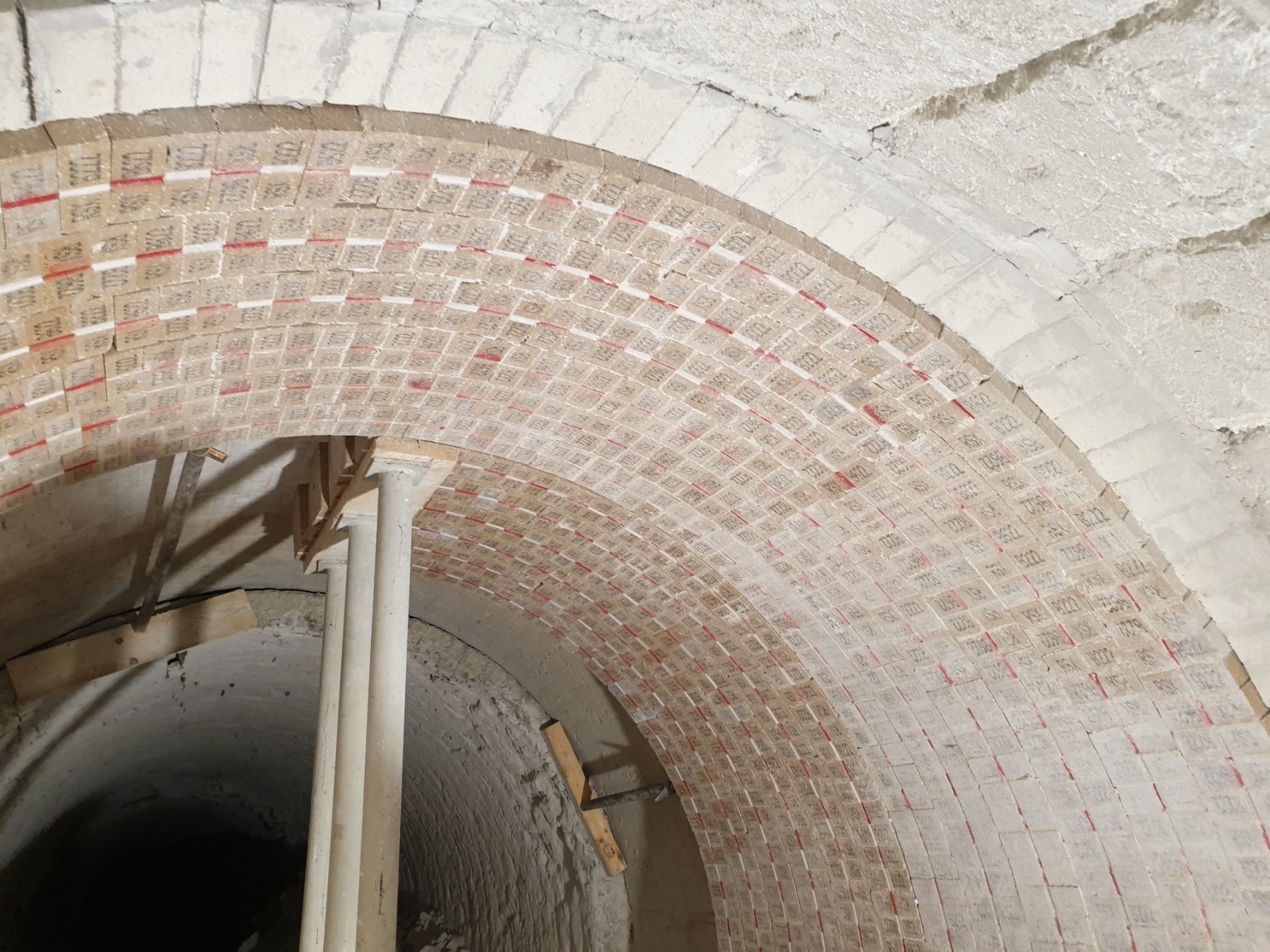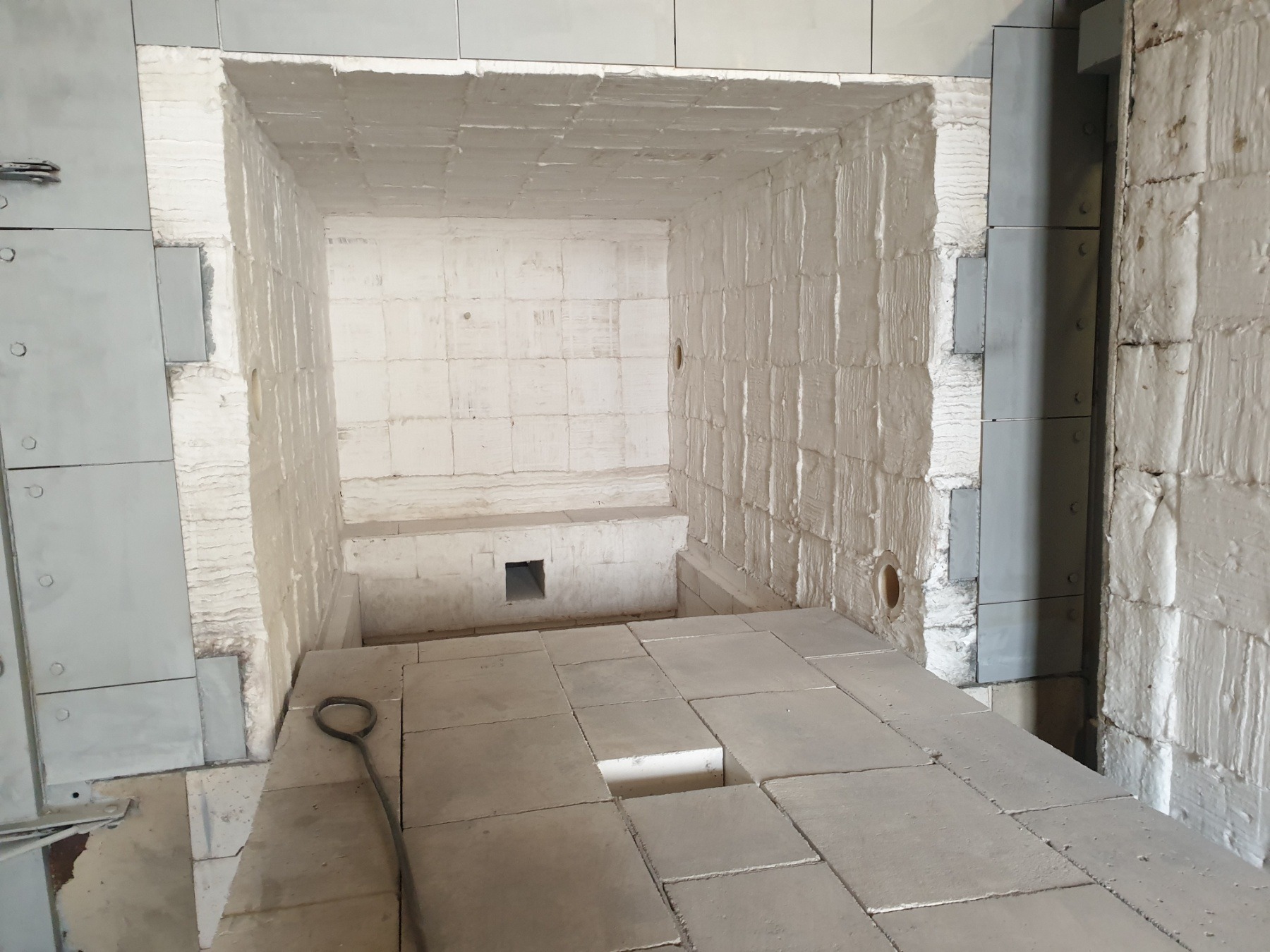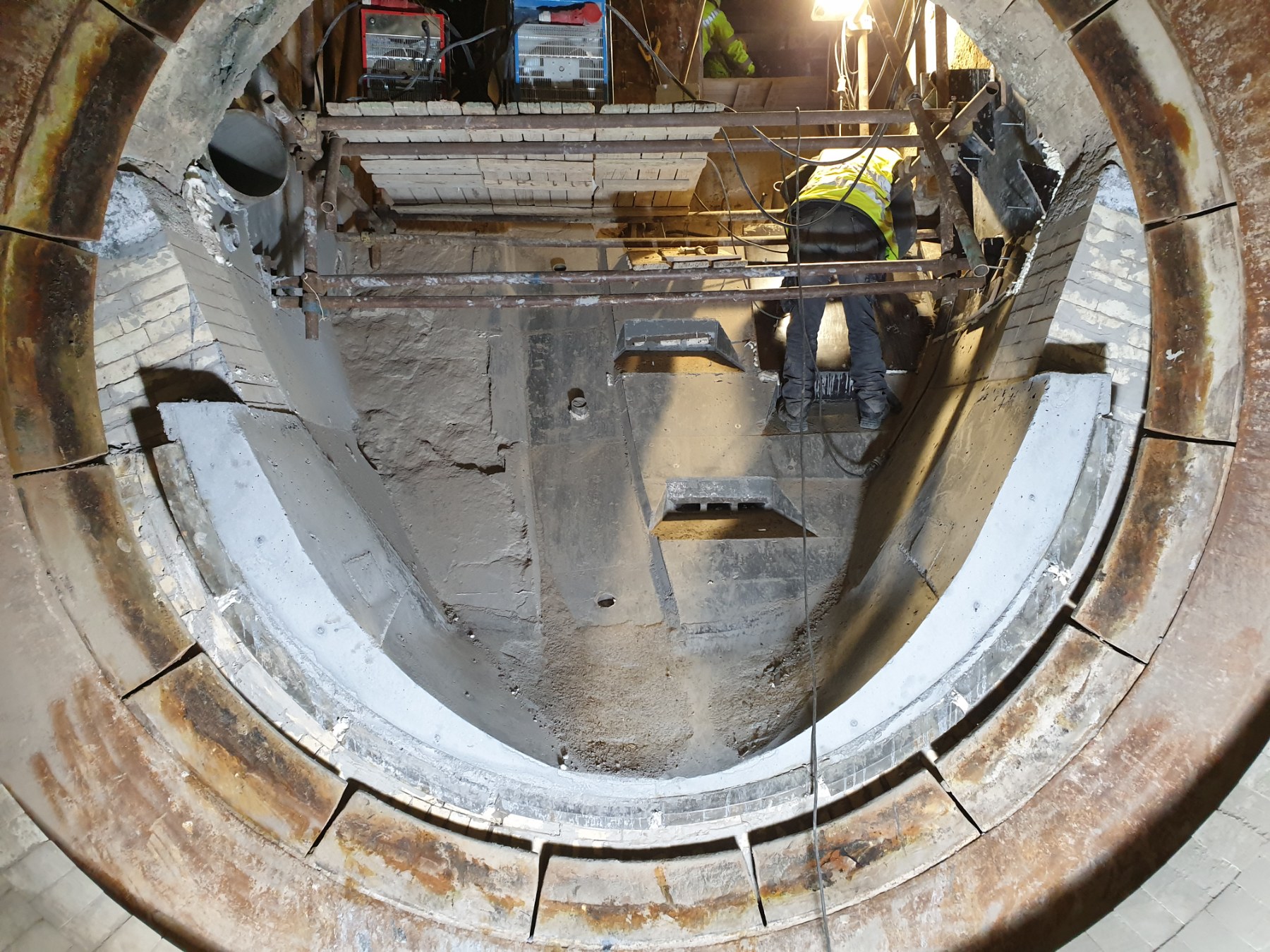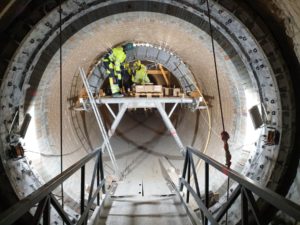We are experts in refractory linings for industrial applications where high temperatures and aggressive environments place extraordinary demands on reliability, durability and resistance to high temperatures. Refractory linings play a key role in ensuring reliable operation and protecting structures from these extreme conditions
Services offered by us:
Design and consultancy: our experts will help you design the optimal refractory construction that fully meets your needs and the specifications of your industry. Our projects are based on the latest innovations and best practices.
Construction and installation: our construction teams have extensive experience in installing refractory linings in furnaces, furnace lines, incinerators and other industrial facilities. Our precision and quality of work are unsurpassed.
Rehabilitation and maintenance: we believe in the long-term reliability of refractory linings. That’s why we offer a comprehensive service for the rehabilitation and maintenance of your existing refractory linings so you can extend their life and maintain optimal performance.
Torrefaction and applications: We use modern torrefaction for fast and effective repairs or additional layers of refractory materials. This method enables fast and reliable applications even on complex surfaces.
Reliability and quality are our priority. We work with leading refractory manufacturers and use innovative technologies to ensure our services meet the highest industry standards.
Our team is ready to help you. Contact us for a consultation and together we will find a solution that is optimal for you.



Fields of application
Industrial furnace industry: for the manufacture and maintenance of industrial furnaces, including metal melting furnaces.
Metallurgy: In metallurgy and foundries to protect furnaces and vessels during metal melting.
Glass production: In furnaces and kiln processes in glass production.
Energy: In thermal power plants and fuel burning plants.
Petrochemical industry: For various processes and equipment in refineries and chemical plants.
Steel: for furnaces for melting and refining steel.
Food industry: In ovens and baking equipment such as bakeries and pizza ovens.
Ceramic industry: In ceramic kilns for the production of ceramic products.
Automotive: For furnaces in hardening and refining of steel components.
Pharmaceutical industry: In facilities for the production of pharmaceutical substances and pharmaceutical products.
Cement industry: In rotary kilns for cement production.
Construction: for protecting buildings and structures from high temperatures, for example in quarries.
Paper industry: In furnaces and equipment for paper production.
Water management: in waste incineration and water purification plants.
Textile industry: In furnaces for dyeing and processing textile materials.
Production methods
Pressing: This method involves pressing materials to the desired shape and density. This can be the production of bricks, tiles or refractory boards.
Extrusion: extrusion is a process in which a material is extruded through a nozzle, producing tubes, profiles or plates of refractory materials.
Sintering: This method involves mixing powdered raw materials with a binder, followed by forming or casting, and then firing, which produces a solid structure.
Hand moulding: in some cases, refractory linings are created by hand, where the materials are moulded into the desired shape.
Cladding boards: the production of refractory cladding boards that are used to line surfaces such as ovens and fireplaces.
Compaction: this method involves compressing powdered raw materials into the desired shape with high pressure, creating refractory plates and materials.
Moulding by casting: casting a melt of refractory material into a mould to create more complex shapes or specific components.
Dry tocretation
Dry torrefaction is a specific method of applying refractories. Torrefaction is used to apply refractories to existing surfaces such as furnaces, tunnel structures, pipes, walls, etc.
It is a process in which a dry refractory material (often a mixture of raw material and binder) is sprayed or injected onto a surface at high pressure. This creates a refractory lining or layer. The production of refractories, as mentioned in the previous list, involves the production of the actual materials (bricks, slabs, granules, etc.) for various applications.
Dry torrefaction and the production of refractories are therefore two different stages in the process of protection against high temperatures and wear in industrial and construction applications.

